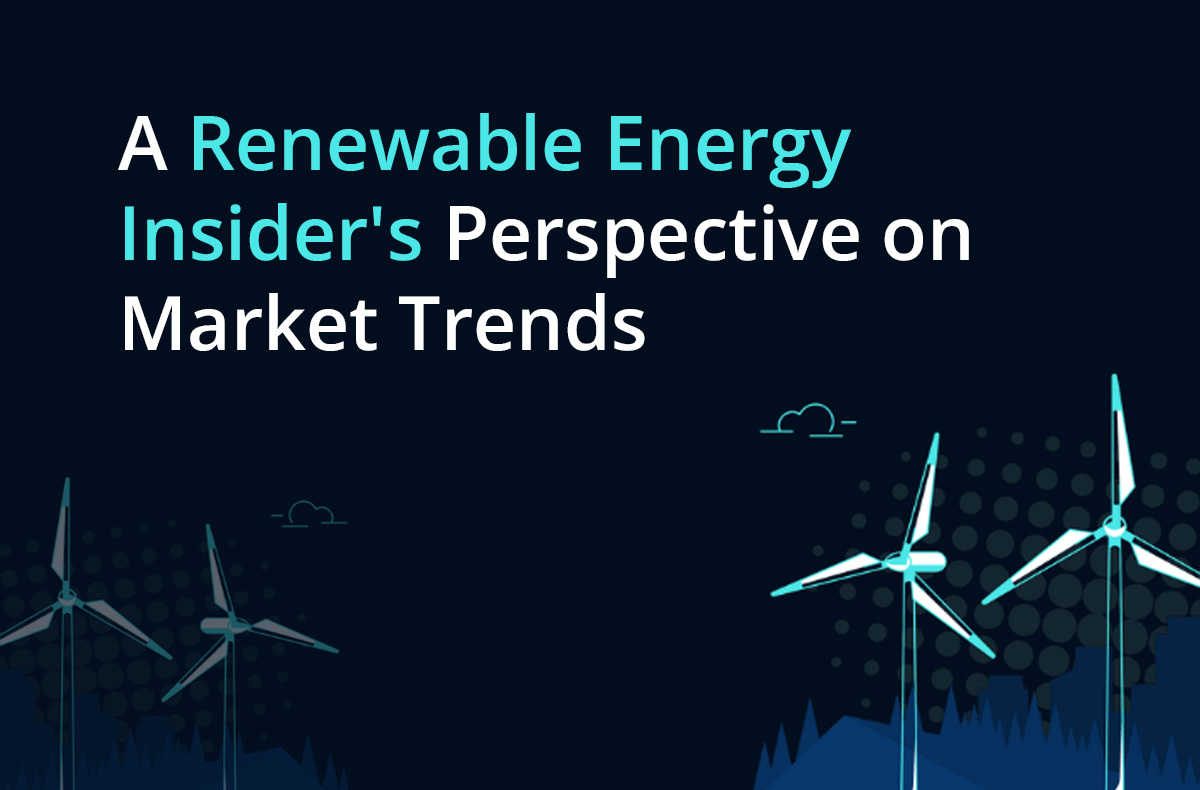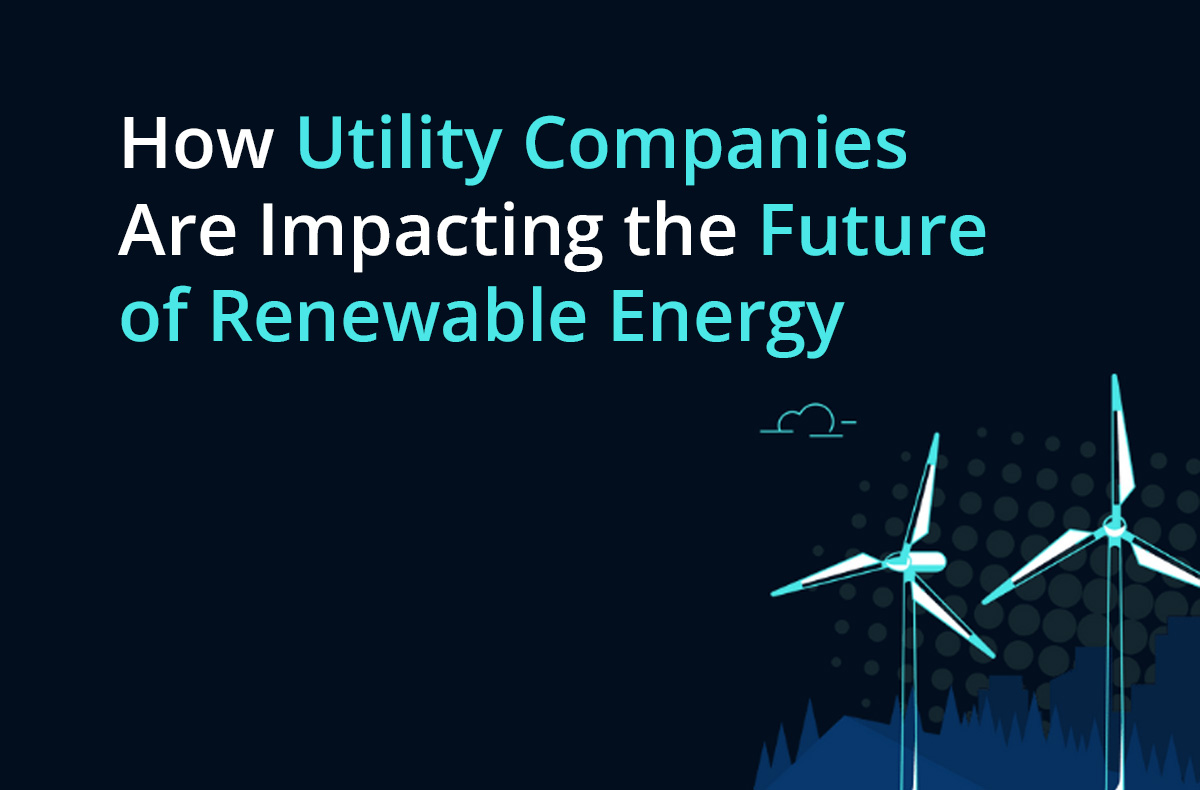What are the top technology trends impacting the wind energy industry? We spoke with Nicholas Gaudern, Chief Technology Officer at PowerCurve, about his work, his insights into turbine monitoring, asset management, AEP loss, and more. Josh Goryl, Chief Revenue Officer at SkySpecs also joins to co-host with Sarah Leitz, our Chief Marketing Officer.
PowerCurve is a Danish company that provides aerodynamic solutions for wind energy around the world. They produce aerodynamic upgrades for blades, including add-on devices to improve performance, such as vortex generators. The company also provides more advisory and consultancy services to help OEMs and operators understand and improve their assets.
PowerCurve recently teamed up with SkySpecs to work on an AEP loss management tool that links real-world blade conditions with power performance loss.
To hear more about the partnership, Nicholas’ work, and insights into technology solutions for blade condition management, tune in to the full podcast. Or keep reading for the top takeaways.
Where vortex generators fit into turbine management
Nicholas explained a little about how vortex generators work and how they can either be installed in the factory on brand-new blades or as retrofits when the turbine has been in service for a few years.
Vortex generators increase the power production of the blade – either improving baseline performance hindered initially by the shape of the mold or to recover performance loss due to environmental factors, such as rain erosion.
The investment payback period for installing vortex generators is typically two to three years. This means that investors will see a return on the cost of installing a vortex generator after two to three years.
Why AEP loss is so important
Annual Energy Production (AEP) loss is important simply because it means you’re not getting the performance you thought you were with a turbine. Losing energy production directly impacts revenue, so it’s something that investors need to pay close attention to.
Performance loss is something that’s unavoidable when it comes to wind turbines since they’re open to the elements. You could have the best wind turbine technology in the world, but it will be subjected to wind, ice, rain erosion, bugs, and dirt – all of which can impact performance because the flow over the surface of the blade has been disturbed.
Each turbine could be losing a few percent of annual energy production each year simply because of dirt. And just a 2% AEP loss could mean thousands of dollars of loss each year. While 2% may not sound like much, once multiplied across your entire portfolio, this small performance loss can have a huge impact on your bottom line.
How to reduce AEP loss
Nicholas says that there are three main approaches to improving AEP loss.
- Upgrading the blades with devices such as vortex generators
- Leading edge repair
- Leading edge cleaning
All of these methods will increase performance, but not permanently. Upgrading the blades will improve the performance long-term, but it won’t stop the blades from getting dirty.
This means that regular maintenance is a must to keep all the turbines as effective as possible. Generally, there should be a combination of all of the above approaches.
Leading Edge Protection (LEP) methods
There are a few different types of leading-edge protection solutions. One of the older methods is to use tape, which is added to the leading edges. Another is to use shock-absorbing paint, which works by taking the impact when rain hits a turbine. There are also shells that can be installed to protect the leading edge. However, there’s no one single agreed best approach. Different companies may use different methods or a combination.
One thing that Nicholas says you need to consider is that by using LEP methods, you will affect the shape of the blades, which can affect aerodynamic behavior. This means that adding LEPs will potentially affect the lifetime of the blade, so it’s not always a simple decision to apply LEP solutions.
Another thing to consider is that even with the best LEP solutions out there, the blades will still get dirty and will need to be cleaned to enhance the performance over time.
The partnership between PowerCurve and SkySpecs
SkySpecs started off in the drone technology space and has become one of the world leaders in blade inspections over the last five years. Since then, we have developed the Horizon renewable energy cloud platform to help operators understand the health of their wind assets.
Partnering with PowerCurve means we can combine all the work Nicholas and his team have done on aerodynamic modeling and morphing with drone inspection data to help customers learn more about AEP loss and leading-edge erosion.
With the data from drones, both SkySpecs and PowerCurve have high-resolution pictures of blades during inspections so that damage reports and structural assessments are now much more accurate. This means it’s easier to make specific AEP calculations on each turbine.
There’s less room for guesswork when the technology we have today is capable of building specific models of turbines with real images and real-time data. The aim is to help customers make better, data-driven decisions to optimize repair budgets, which have increased in recent years. Investors can prioritize repairs on turbines that really need it rather than estimating which ones need more attention.
Predictions for the industry in the next five years
Nicholas’ prediction is that we will see a greater emphasis on data-driven decision-making. The focus will be on collecting as much accurate data as possible and ensuring that organizations such as SkySpecs offer real-time information for customers to make key decisions and focus their repair budgets in the right areas.
Nicholas also sees the inspection process becoming increasingly automated. It could involve more drones or robots to inspect blades across the industry – and, perhaps further into the future, we might even see automated blade repairs.
For more insights into inspection technology, turbine analysis, and the partnership between SkySpecs and PowerCurve, listen to the full podcast today. Stay tuned for more Climate Chronicles episodes, coming soon!





